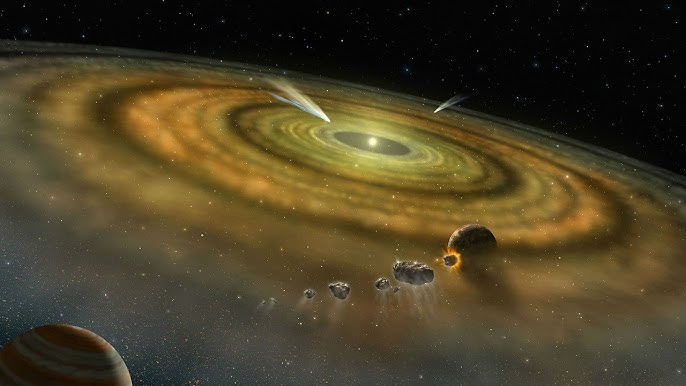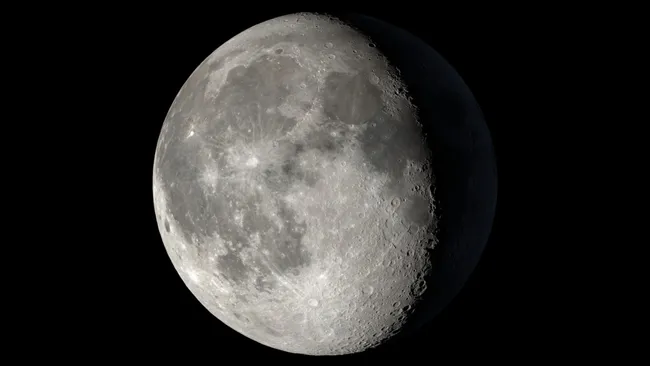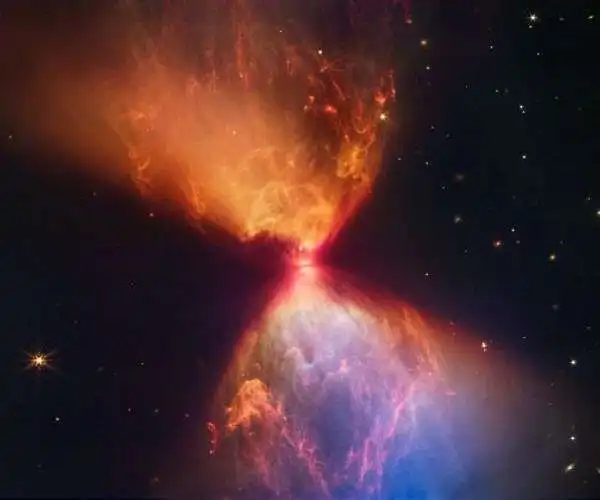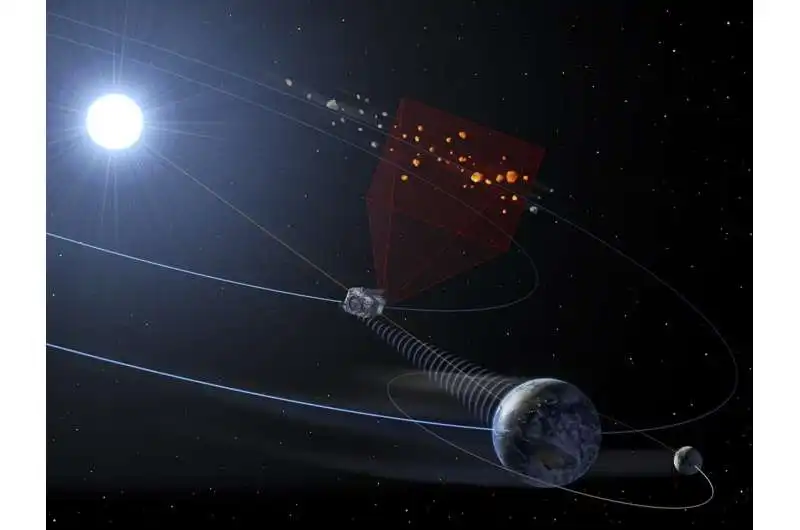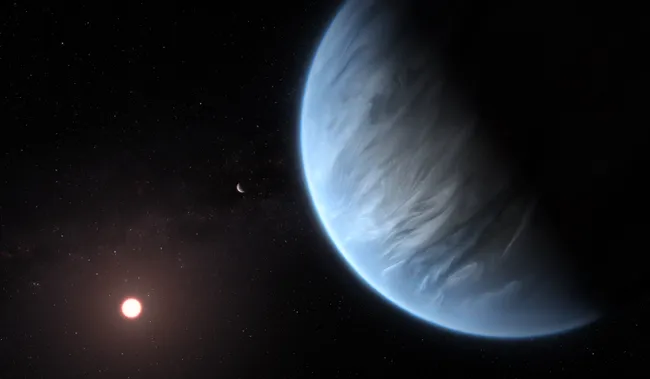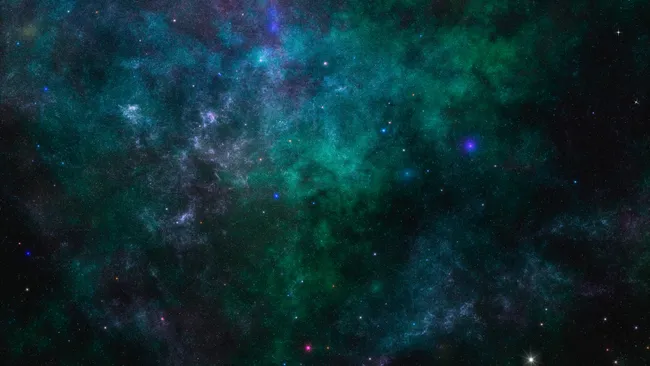In his enlightening lecture at Gresham College, Professor Ian Morison delves into the profound mysteries that continue to challenge our understanding of the universe. From the elusive nature of dark matter and dark energy to the complexities of planetary formation and the search for extraterrestrial life, Professor Morison provides a comprehensive overview of the cosmic enigmas that captivate astronomers and physicists alike.
The Enigma of Dark Matter
One of the most perplexing issues in modern astrophysics is the existence of dark matter. Observations of galaxy clusters, such as the Coma Cluster, reveal gravitational effects that cannot be accounted for by visible matter alone. This suggests the presence of an unseen mass—dark matter—that exerts gravitational influence without emitting or absorbing light. Professor Morison notes:
“Observations of galaxy clusters, such as the Coma Cluster, indicate that there must be more matter in these clusters than what is visible. This unseen matter, known as dark matter, helps explain the gravitational interactions within these clusters and the overall structure of the universe.”
Despite extensive research, the true nature of dark matter remains elusive, representing a significant gap in our understanding of the cosmos.
The Mystery of Dark Energy
Equally enigmatic is dark energy, a hypothetical form of energy that permeates all of space and accelerates the expansion of the universe. The discovery of the universe’s accelerating expansion was unexpected and has profound implications for cosmology. Professor Morison explains:
“It appears that the vacuum of space can itself exert a pressure—a form of anti-gravity. This energy is called dark energy and this appears to be making the universe expand at an ever-increasing rate.” Gresham College
Understanding dark energy is crucial, as it constitutes a significant portion of the universe’s total energy density.
The Complexity of Planetary Formation
The process by which planets form from protoplanetary disks of gas and dust is a complex and not fully understood phenomenon. While models exist, the diversity of exoplanetary systems discovered challenges existing theories. Professor Morison emphasizes the need for further study:
“The process of planetary formation is intricate, and while we have models, the variety of planetary systems observed suggests that our understanding is still incomplete.”
Advancements in observational technology continue to shed light on this intricate process, but many questions remain.
The Search for Extraterrestrial Life
The possibility of life beyond Earth is one of the most profound questions in science. Despite extensive searches, definitive evidence of extraterrestrial life remains elusive. Professor Morison discusses the challenges involved:
“The search for life beyond Earth is ongoing, but the vast distances and the limitations of our current technology make this a formidable challenge.”
Future missions and technological advancements may eventually provide answers to this enduring question.
The Role of Advanced Observatories
To address these cosmic mysteries, astronomers rely on advanced observatories and instruments. Facilities like the Square Kilometre Array (SKA) and the James Webb Space Telescope (JWST) are designed to probe the universe in unprecedented detail. Professor Morison highlights their significance:
“The SKA is a future radio telescope array that will allow scientists to study the universe in unprecedented detail. It will help in detecting weak signals from the early universe, studying dark matter, and potentially detecting signals from extraterrestrial life.”
These instruments are vital for advancing our understanding of the universe’s fundamental properties.
Conclusion
Professor Ian Morison’s lecture underscores the vastness of our ignorance about the universe. While significant progress has been made in astrophysics and cosmology, many fundamental questions remain unanswered. Continued exploration and technological innovation are essential as we strive to unravel the universe’s deepest secrets.
For a more detailed exploration of these topics, you can watch the full lecture here:

